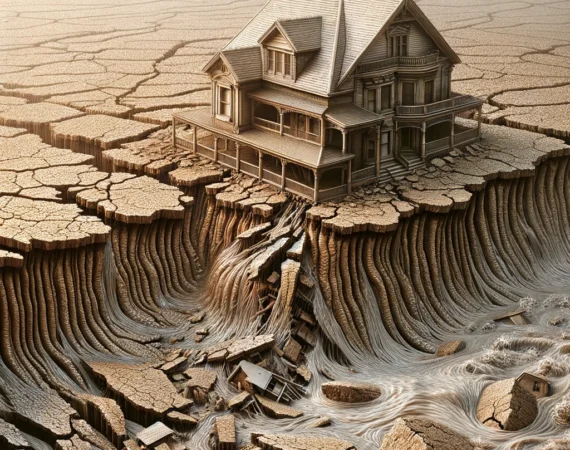The Role of Forensic Engineering in Disaster Response
Essential Insights in the Aftermath
When disaster strikes, forensic engineering plays a pivotal role in the aftermath, helping to understand what happened and how similar incidents can be prevented in the future. This blog post delves into how forensic engineers contribute to disaster response efforts, providing crucial insights that aid in rebuilding and improving safety protocols.
Forensic Engineering: Unraveling the Causes of Disasters
Forensic engineers are often called upon after disasters—such as building collapses, bridge failures, or major fires—to analyze the wreckage and determine what caused the structure to fail. This process involves:
- Site Investigation: Collecting data from the disaster site, which includes photographing, documenting, and sometimes removing pieces of debris for further analysis.
- Material Testing: Analyzing materials used in the construction to identify any faults or deviations from the building codes that might have contributed to the failure.
- Structural Analysis: Using advanced software to recreate the conditions leading up to the disaster to understand the sequence of failure.
Contribution to Disaster Response
The findings from forensic engineering investigations are crucial for several reasons:
- Enhancing Public Safety: By identifying the causes of failures, changes can be made to prevent similar disasters in the future.
- Informing Policy Changes: Insights from these investigations often lead to recommendations for changes in building codes, construction practices, and even emergency response strategies.
- Legal and Insurance Resolutions: Providing evidence in legal disputes over liability and helping to assess insurance claims accurately.
Case Studies
Illustrative examples include:
- The Collapse of a Residential Building: Forensic engineers determined the cause was faulty construction materials, leading to stricter regulations on material testing.
- Bridge Failure Investigation: Analysis revealed a design flaw exacerbated by unusual weather conditions, prompting new guidelines for bridge design in similar environments.
Challenges in Forensic Engineering
Despite its importance, forensic engineering faces challenges such as:
- Access to Disaster Sites: Often, sites are hazardous, or access is restricted, complicating the investigation process.
- Emotional and Psychological Stress: Working in post-disaster scenarios can be distressing due to the catastrophic nature of the failures and the losses involved.
- Time Pressures: There is often a need to quickly understand what happened to prevent further incidents, especially in ongoing situations like flooding or seismic activity.
Conclusion
Forensic engineering is an indispensable field that not only helps to dissect the calamities of today but also paves the way for safer and more resilient structures in the future. As we continue to face complex engineering challenges, the role of forensic engineers in disaster response will only grow in importance, ensuring that each disaster teaches us how to build a safer world.




